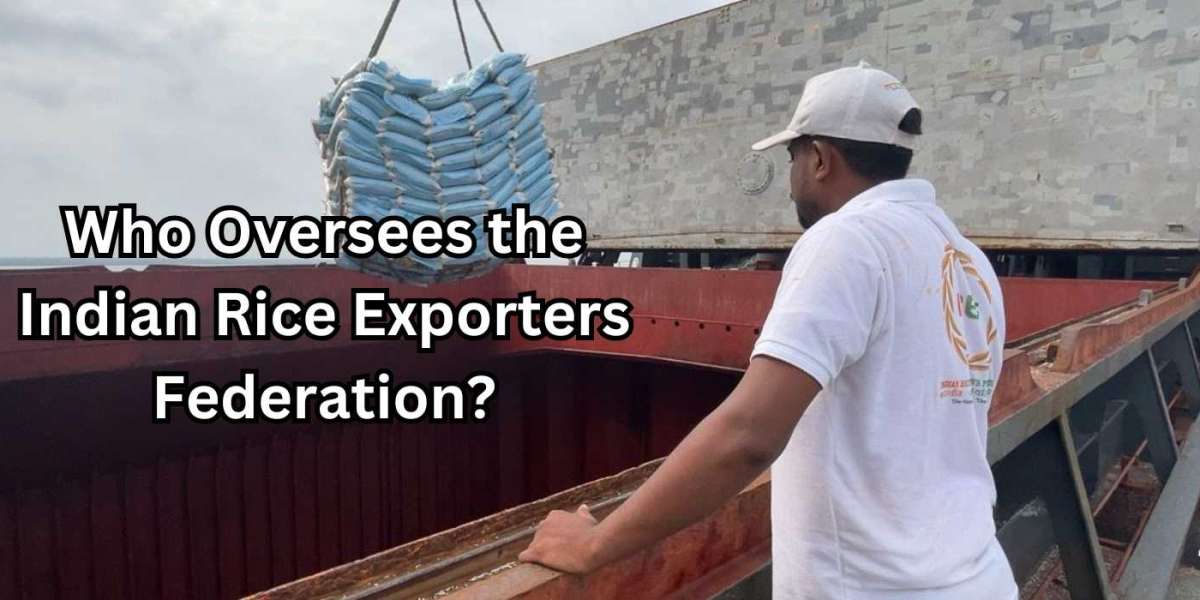The Indian Rice Exporters Federation (IREF) is a pivotal organization in India's agricultural export landscape, particularly in the rice sector. It plays a crucial role in representing the interests of rice exporters, ensuring quality standards, and promoting Indian rice globally. But who oversees this important body, and how is it structured to carry out its functions effectively? This article delves into the governance and leadership of the IREF, highlighting the key individuals and structures that guide its operations.
Organizational Structure of the IREF
The Indian Rice Exporters Federation is governed by a structured hierarchy, typically comprising an Executive Committee, various Sub-Committees, and a Secretariat. This structure ensures that the federation can effectively manage its diverse activities, ranging from policy advocacy to quality control and international marketing.
1. Executive Committee
The Executive Committee is the apex decision-making body of the IREF. It is composed of senior members, often elected from among the federation's member exporters. The committee is responsible for setting the strategic direction of the federation, making key policy decisions, and overseeing the overall functioning of the organization. The Executive Committee typically includes the following positions:
President: The President is the chief executive officer of the federation, responsible for leading the organization and representing it at various national and international forums. The President plays a crucial role in shaping the policies and initiatives of the IREF.
Vice Presidents: The Vice Presidents assist the President in their duties and may oversee specific areas such as quality standards, export development, or member services. They often chair various sub-committees within the federation.
Treasurer: The Treasurer manages the financial affairs of the federation, ensuring transparency and accountability in the use of funds.
Secretary: The Secretary is responsible for administrative functions, including coordinating meetings, maintaining records, and communicating with members.
2. Sub-Committees
The IREF's activities are supported by various sub-committees that focus on specific aspects of the rice export industry. These sub-committees are often chaired by members of the Executive Committee or other senior members. Key sub-committees may include:
Quality Standards Committee: This committee is tasked with setting and monitoring quality standards for rice exports, ensuring compliance with international regulations.
Marketing and Promotion Committee: This group focuses on strategies for promoting Indian rice in global markets, including participation in trade fairs and marketing campaigns.
Policy and Advocacy Committee: This committee liaises with government bodies to advocate for favorable policies and regulations for rice exporters.
3. Secretariat
The Secretariat is the operational arm of the IREF, responsible for executing the policies and decisions made by the Executive Committee and sub-committees. It consists of professional staff who handle day-to-day operations, member services, and administrative tasks.
Key Individuals and Their Roles
The leadership of the IREF often includes prominent figures from the rice export industry, bringing valuable experience and insight into the federation's operations. Key individuals typically include:
President: The current President of the IREF, elected by the member exporters, serves as the public face of the organization. The President's background usually includes significant experience in the rice export business, providing strategic leadership and direction.
Vice Presidents and Treasurer: These roles are typically filled by experienced professionals from the rice export sector, who bring expertise in specific areas such as finance, marketing, or regulatory compliance.
Secretary: The Secretary manages the administrative functions of the federation, ensuring smooth communication and coordination among members and committees.
Conclusion
The Indian Rice Exporters Federation is overseen by a well-defined leadership and organizational structure, comprising the Executive Committee, sub-committees, and a dedicated Secretariat. The federation's governance is characterized by a collaborative approach, with elected members from the rice export industry guiding its activities. This structure ensures that the IREF can effectively represent and support India's rice exporters, maintaining high standards and promoting Indian rice on the global stage. The federation's leadership, drawn from experienced industry professionals, plays a pivotal role in steering the organization towards its goals and ensuring its continued relevance in a dynamic global market.








